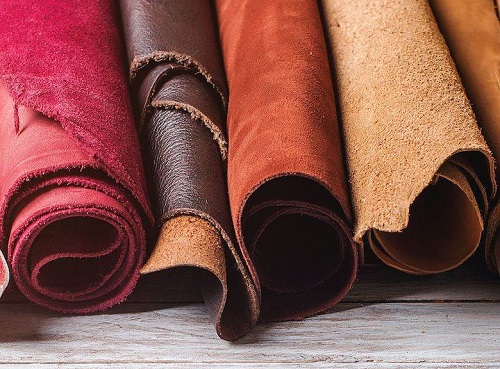6 October 2021
The leather industry’s representative body in the European Union, COTANCE, is rekindling the discussion about tanners’ share of the upstream carbon footprint of their raw material, arguing that it should be zero, writes Leatherbiz.

COTANCE pointed out that the leather industry has long argued that, as a by-product, hides and skins should not carry any environmental burden from the rearing of livestock, the concept of zero allocation.
It pointed out that this is at odds with the conviction of livestock farmers and abattoir operators that the carbon emissions of a cow during its lifetime must be distributed among meat and milk and all by-products. “This gives a disadvantage to animal by-products compared to, for example, synthetic products,” COTANCE said.
It argued that only the products an animal is reared for, which is to say meat and milk, should carry the CO2 burden from animal husbandry.
One of the reasons for this is that farmers and meat and dairy companies will, very often, have no way of knowing for certain if the hides of the animals they raise and process will be made into leather or go to waste. In the US, 5.5 million hides went to waste in 2019, followed by a further 4.8 million in 2020.
COTANCE also pointed out that hides that go to waste create “significant additional CO2” than good tanners generate in making them into leather.
It told World Leather that its reason for raising the subject now is that the debate is still not resolved among experts and this leads to important discrepancies in different lifecycle assessment (LCA) exercises. It described LCA as being still “a science in the making”.
This causes confusion, however, and, according to COTANCE, it is important for the leather industry to continue its efforts to secure agreement with the meat industry that the carbon footprint meter starts running for leather at the abattoir, with zero allocation for leather of what happens before that.
COTANCE’s hope is that, by laying out its position and its arguments again, the leather industry’s stakeholders and partners will add their voices to its calls for zero allocation. Its renewed call for recognition of the zero allocation argument comes in advance of a new sustainable product policy that the European Commission is planning to introduce.
“The allocation issue is a sticking point in our dialogue with the meat industry,” COTANCE has explained. “If both sides agree, this will become the rule and the European Commission will take that over.”
Without that agreement, however, it warned that the Commission will make its own decision on how to move forward. This might be the 0.42% allocation that COTANCE secured European Union approval for, after five years’ work to calculate the environmental footprint of leather, in 2018. Or it could be a different percentage.
Agreement for zero allocation will be better, COTANCE said, because it will support leather’s circular economy credentials.
我们为皮革、物料及时装业界创造面对面洽谈的机会,为客户缔造实质商机。我们云集世界各地的商家,让他们寻找新的合作伙伴,发掘潜在客户或供应商,并掌握业界最新发展。
我们主办多个专注时尚及生活潮流的商贸展览会, 为这不断变化的行业,提供最全面的买家及参展商服务,方便他们了解急速转变的行业环境,并预测来季趋势。

使用条款 | 隐私政策 | APLF 可持续发展